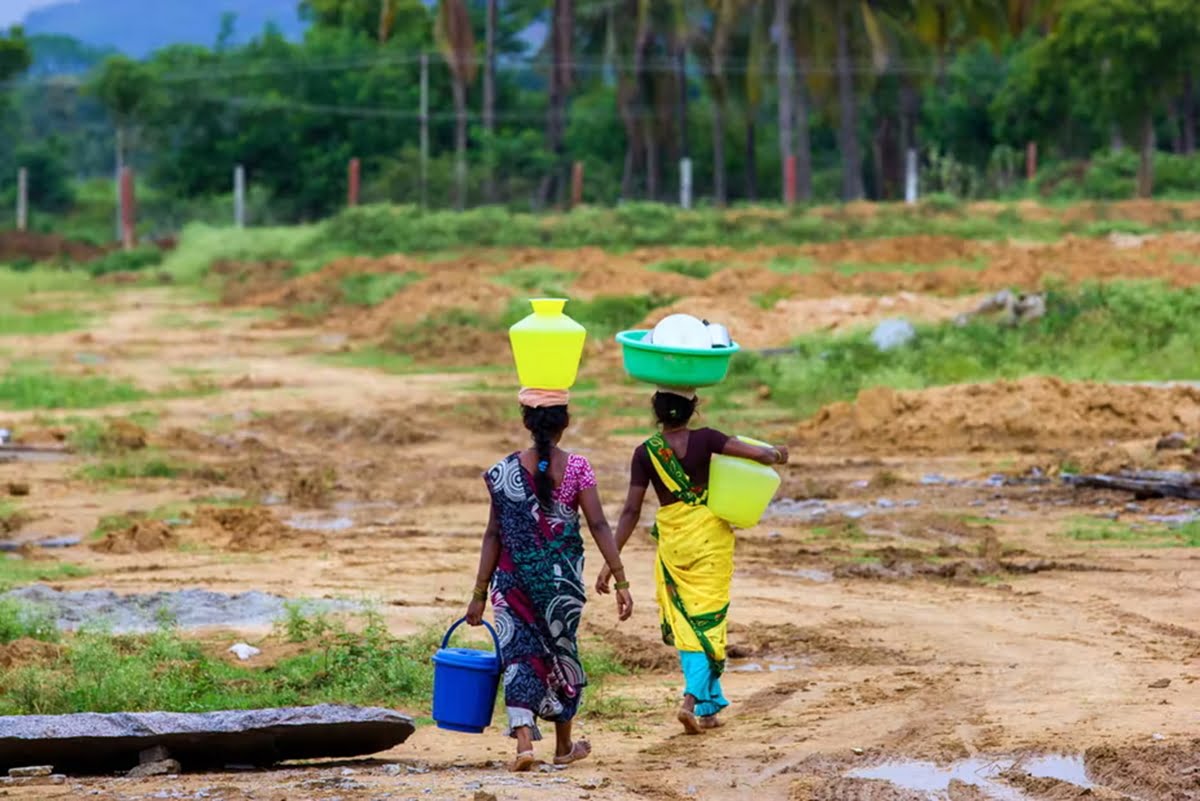With his report, Stephen Humphreys introduced human rights to the climate change discourse, rendering climate change an ethical issue, rather than only an environmental one. Taking note of Humphreys’ work, in 2009, the Office of the UN High Commissioner for Human Rights (OHCHR) released its own report commenting on, inter alia, the vulnerabilities created by climate change for specific groups and, the implications of climate change for States’ obligations under international human rights law. At COP 16 in 2010, States emphasized that all climate action must respect human rights. According to Humphreys, this was the first appearance of the concept of human rights in the principal international negotiating text on climate change. Ahead of the Paris Agreement, in 2015, OHCHR presented ten key messages on the subject, inter alia, equitable, equal, and non-discriminatory climate action and, protection of human rights.
This global momentum culminated in the Paris Agreement’s stipulation that climate action should account for human rights, and prioritize vulnerable people, places, and ecosystems. While these developments occurred at intergovernmental forums, a mass movement for climate justice emerged simultaneously. Built on the principles of intergenerational and intragenerational justice, it underscored the differential impacts of climate change: those who contributed the least to climate change, were often the most vulnerable to its impacts.
Also read: Climate Crisis & Women’s Reproductive Health: The Need For A Gender Lens In Policy Decisions
This global momentum culminated in the Paris Agreement’s stipulation that climate action should account for human rights, and prioritize vulnerable people, places, and ecosystems. While these developments occurred at intergovernmental forums, a mass movement for climate justice emerged simultaneously. Built on the principles of intergenerational and intragenerational justice, it underscored the differential impacts of climate change: those who contributed the least to climate change, were often the most vulnerable to its impacts.
Therefore, while vulnerabilities created by the impacts of climate change may be a universal phenomenon, they are certainly not a uniform one. Variations in socio-economic context and geographical location, cause the nature and extent of these vulnerabilities to differ. In this context, there is global consensus that vulnerabilities are gendered. Climate change creates a stress on natural resources and adversely impacts their sustainable availability and accessibility. Owing to the patriarchal, socio-economic hierarchies in which women are located, they become more susceptible to these stresses and the concomitant vulnerabilities. Consequently, this phenomenon of gendered vulnerabilities has a strong-hold in India, and in countries with a similar socio-economic makeup. Take for instance, water scarcity. In India, where collecting water is a gender role for women, water scarcity is bound to have an adverse bearing on their well-being. From walking several kilometers to collect water, to engaging in conflicts regarding water-sharing, women’s physical and mental well-being is threatened by the prevailing water crisis. Climate change exacerbates water scarcity, making access to water more precarious. Accordingly, this impact of climate change affects women disproportionately, and indicates that vulnerabilities to impacts of climate change may be gendered.
India’s Nationally Determined Contributions (NDCs) should account for the gendered vulnerabilities created by climate change. Currently, our NDCs state that India is committed to meet the competing demand for resources to facilitate gender equality and women empowerment. However, this is a rhetorical reference, both vague and generic. The operative part of the document, which lays down India’s eight commitments, does not account for it.
In this context, India’s Nationally Determined Contributions (NDCs) should account for the gendered vulnerabilities created by climate change. Currently, our NDCs state that India is committed to meet the competing demand for resources to facilitate gender equality and women empowerment. However, this is a rhetorical reference, both vague and generic. The operative part of the document, which lays down India’s eight commitments, does not account for it.
For example, the sixth NDC on adaptation accounts for sectoral vulnerability: it calls for enhancing investments in development programs in sectors vulnerable to climate change, like, agriculture, water resources, and health. However, it does not consider the actuality that while vulnerabilities created in these sectors may be universal, they are not uniform. Marginalized groups, including women, located within these sectors, are disproportionately affected by these vulnerabilities as opposed to others. Therefore, while enhancing investments for vulnerable sectors is laudable, it is insufficient in so far as the investments do not account for the differential vulnerabilities within the sector. Similarly, building capacities for diffusion of climate technology is a welcome step. However, it must acknowledge differential vulnerabilities, and the concomitant need to ensure that relevant technologies trickle down to the most vulnerable and be effectively utilized by them.
Also read: Women Rising—Exploring Women’s Agency In Combating Climate Change
At the same time, we must be wary of perceiving women as only victims of climate change. Women’s potential to spearhead climate action as carriers of traditional knowledge should be recognized. That traditional and indigenous knowledge should be mainstreamed in climate action, is stipulated by the Paris Agreement and in India’s first NDC, which aims to propagate a healthy and sustainable way of living based on traditions and values of conservation and moderation. In this context, we must take cognizance of women’s role as carriers of traditional knowledge. Gendered division of labour in India has led to women possessing traditional ecological knowledge pertaining to, inter alia, agriculture, forestry, and conservation. Such knowledge accounts for local topographical and climatic conditions. Accordingly, actively involving women in formulating and implementing mitigation and adaptation plans, could ensure community-driven, sustainable and effective climate action.
Currently, the momentum for climate change in India is stronger than ever. Going forward, India’s NDCs, and any climate action under it, should account for women’s differential vulnerability to climate change. Simultaneously it should also endeavor to utilize their traditional knowledge for community driven, sustainable climate action.
Kanika is a Lecturer at Jindal Global Law School, O.P. Jindal Global University. Her scholarship focuses on contemporary issues within the broader areas of environmental law, climate change, and human rights. You can find her on LinkedIn.
Featured image source: The Conversation




